Weren’t we all supposed to be paying our bills with a simple point and click by now? Weren’t the bricks and mortar of the traditional banking world supposed to fade away, like the rotary phone and the television knob?What happened to all those optimistic techno-prognosticators who told us that an inordinate number of Americans would be banking online by 2001?
The answers are anyone’s guess. But we do know thatdespite the sunniest predictions, online consumers have evidently decided that banking via PC is either not safe, not easy, or not worth the trouble to find out. And the time has come for us to examine why we’re still licking envelopes, buying stamps, and trudging through the snow to the mailbox to pay our bills.
Fools Fearing To Tread
The masses seemingly see e-banking as a nightmare. An acquaintance of mine, a forty-something college professor, explained it this way: “I want to be able to go touch my money whenever I choose.” Huh?
In another instance, a newspaper reporter told me, “I didn’t work this hard and this long for the money to see it mysteriously disappear into cyberspace.”
Okay, sure. But if my highly unscientific sampling is an indication of where America stands on e-banking, there are still mountains to climb.
Baby Steps
Still, as we’ve seen by now, e-commerce often grows in giant leaps rather than small increments. (Unfortunately, the end of 2000 is showing us it can fall in giant leaps as well, but that’s another column.)
Jupiter Communications predicts that by 2003, 26 million households will bank online, as compared to this year’s 10.2 million. That’s still less than 30 percent of U.S. banking households, but it’s a leap just the same.
For its part, the Gartner Group says 27.5 million people already bank online, representing a 350 percent increase in just two years. However, even with such phenomenal growth, the study said that only 22 percent of Internet users have taken the e-banking plunge.
Taking the E-Bank Plunge
For my part, choosing a bank was simple. I simply kept my accounts where they were and began using my brick-and-mortar bank’s online services.
Others will find that they can choose among major names such as Bank of America and Wells Fargo, or pioneer cyber-only banks such as Wingspan or Net Bank.
Admittedly, I am not managing a hefty, complex portfolio and I’m not Bill Gates or The Donald. I’m a regular guy who happens to believe point-and-click banking is a dream come true. I’ve been paying my bills online for over a year, and I am frankly frustrated by the mass hesitation among other onliners to join me.
Marketing Musts
It would appear that Mr. and Mrs. America are going to need a gentle push and some highly imaginative convincing before the online banking industry truly takes off.
As one who actively observes the online market, I’m at a loss when trying to understand why e-banks have not more cleverly marketed themselves — unless, of course, they’re making a deliberate attempt to grow slowly and work out the kinks.
Whatever’s been going on, the fact is that online banks need to start letting potential consumers know that they matter.
Safety, Cost, Convenience
First, e-banks need to convince consumers that their deposits are safe and secure. That seems to be the No. 1 doubt among would-be online banking consumers. I suggest marketing plans that use America’s favorite banking security mantra to excess: “FDIC Insured, FDIC Insured, FDIC Insured…”
Next, e-banks need to emphasize convenience. From single parent households to career-obsessed baby boomers, Americans are in a hurry. Banking is not something for which we’re willing to devote much time. E-banking is a solution, and it needs to be aggressively promoted as such.
Also, online banks need to promote cost savings, hammering home the point that online banking affords its customers higher interest rates and lower fees.
Earlier this year, for example, Sun Trust, a banking institution with locations throughout the South and online, said the price of an online transaction is about one penny, compared to a phone transaction, which is about a nickel, and use of a teller at a bank branch, which can cost one to two dollars. Now, those are numbers that tell the essential online banking story.
Finally, the industry must convince consumers that e-banking is easy. Perhaps the online banks could stage a race between two run-o’-the-mill Americans, one paying the cable bill online, the other programming the VCR to record “The Sopranos” at 12:35 a.m. for 62 minutes on local cable channel 41.
Let The Courtship Begin
In short, maybe not every single person in the U.S. was supposed to be paying bills with a simple point and click by now. But a lot more should be doing it. Online banks have a bona-fide useful product to sell, but most are too timid about selling it.
To those banks, I say it’s time to massage your market and make this happen. America is ready — it just needs some convincing.
What do you think? Let’s talk about it. ![]()
Note: The opinions expressed by our columnists are their own and do not necessarily reflect the views of the E-Commerce Times or its management.

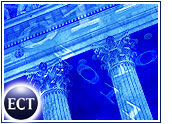
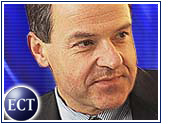

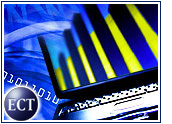
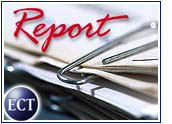
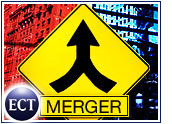











































Social Media
See all Social Media